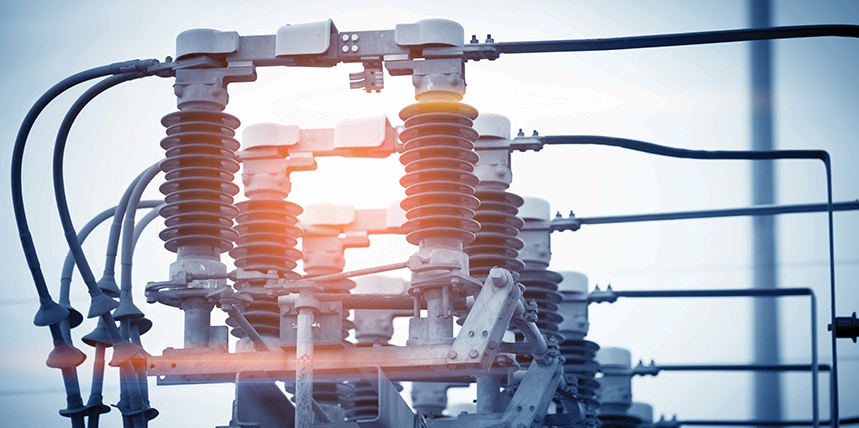This article analyzes several protection operations for large combustion turbine generators. Generator protection trips tend to be rare, so any major event is always of interest. EVENT 1: CLOSE-IN THREE-PHASE FAULT A large gas combustion turbine generator experienced a close-in three-phase fault during a rainstorm. The generator terminal voltage is rated 13.8 kV line-to-line, and the machine is high-impedance grounded. The …
Programming Numerical Relays to Alarm
Numerical protection relays offer the ability to alarm for many abnormal operating conditions, including the health of the relay. Below is a list of typical conditions to alarm for due to an abnormal condition: Overexcitation Phase undervoltage Loss of potential or blown fuse(s) Relay firmware or hardware failure Relay access Over or under station battery DC voltage Trip coil monitoring …
Best Practices for Setting Transformer Differential Protection CT Compensation
Historically, CT connections compensated for the phase shift across a transformer when applying differential protection prior to the advent of numerical transformer protection relays. For example, a delta-wye transformer would have wye connected CTs on the delta side and delta connected CTs on the wye side. The delta connected CTs have the same connection as the transformer delta connected winding …
Measuring Field Winding Insulation Resistance
Multi-function numerical generator protection relays can calculate the insulation resistance of a synchronous generator field winding to ground. The calculation can be performed on an energized or de-energized generator. The particular relay discussed in this article uses a separate module located close to the rotor slip rings and brushes to monitor the field. The close proximity of the module to …
Combustion Turbine Generator Trip Analysis
Relay personnel responsible for testing protective relays are often called upon to troubleshoot and gather system data such as settings and event recordings when a major event occurs (for this example, a large generator trip). If only electromechanical relays are installed and no digital fault recorder is available, it can be difficult to determine the root cause of the trip …
Effect of CT Saturation on Transformer Differential Protection
This article demonstrates how CT saturation can adversely affect transformer differential protection and how to easily mitigate its effects via inbuilt relay functions. The solution is to provide calculations and simulation for a three-phase fault on the low side of the transformer just external to the CTs. Application The application is for a three-phase delta-wye connected transformer serving station load …
Archiving Protective Relay Settings
Electric utilities have vast numbers of protective relays in their fleets, including generation, transmission, and distribution systems. It is very important to maintain an accurate database that stores the actual in-service settings for each and every relay. Off-the-shelf software already exists for storing and keeping track of all relay settings (Figure 1). It is vital to download the relay settings …
Aligning CT Polarity for Multi-Current Input Differential Relays
Differential relays operate on three or more sets of three-phase current inputs. These relays can be older electromechanical relays with current transformers (CTs) connected in parallel to the three-phase current inputs or newer numerical relays that have more than two sets of three-phase current inputs. Note that it is poor practice to connect CTs in parallel to a single three-phase …
Functional Testing for a Sudden Pressure Relay
This article presents a functional test procedure for a sudden pressure relay. The sudden pressure relay trips when it detects a sudden increase in gas pressure due to a fault internal to the transformer tank. Recommendations for mounting the relay and a procedure for post-analysis following field trips are also provided. The sudden pressure relay (Figure 1) offers three main …
How Multi-Function Numerical Protection Relays Use Symmetrical Components
Multi-function protection relays calculate and use symmetrical components to enhance their performance during system faults. This can be illustrated in two specific examples: (1) zero-sequence current elimination for transformer differential protection and (2) negative-sequence current detection to inhibit out-of-step blocking. Zigzag Transformer Inside Transformer Differential Zone A shunt-connected zigzag transformer provides a zero-sequence current sink for ungrounded systems such as …





